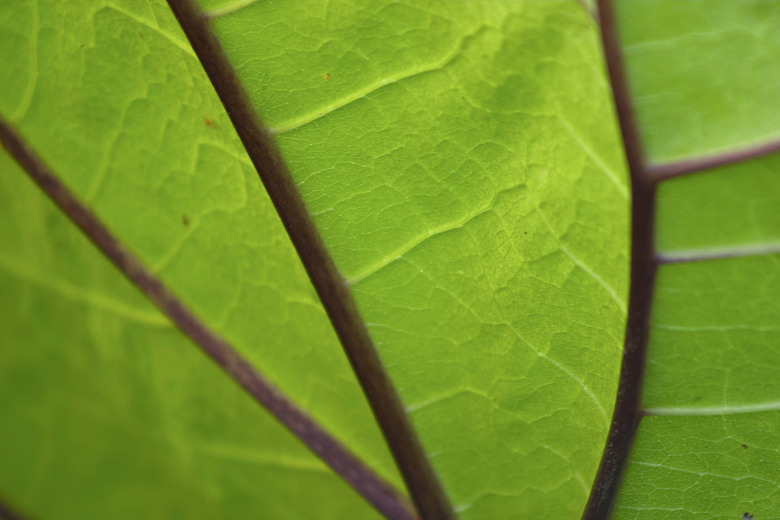How To Make A 3D Model Of A Plant Cell With A Styrofoam Ball
Styrofoam lends itself well to modeling. Children can cut the material easily, and attach representations of cell parts to the surface. Cells contain many internal structures that perform different roles. A cell model must display these structures, known as organelles. Plant cells share some of the same organelles as animal cells. Plant cells, however, have important differences, which must be shown in any model.
Large Aspects
Step 1
Using a kitchen knife, trim off the outer parts of the Styrofoam ball and form it into a box-like shape.
Step 2
With the knife, cut the Styrofoam in half across the horizontal axis. Only one side is necessary for a three-dimensional cell model.
Step 3
Slice the yellow paper into strips and glue the strips onto the outside of the Styrofoam shape (but not the surface that was originally in contact with the other half of the ball) to represent the cell membrane. Add another layer onto the outside of the cell using the green paper to represent the outer cell wall.
Step 4
Remove a central portion of the exposed surface of the model to represent the vacuole of the plant cell that contains the sap. This hole should also be shaped like a box, and take up at least half of the space of the entire cell. Place glue all around the inside of the vacuole and fill it up with yellow yarn to represent the sap inside.
Step 5
Dot smaller blobs of glue in several places around the edge of the vacuole, and fold green yarn over the glue in rectangular shapes to represent the chloroplasts.
Step 6
Stick a black button on one edge of the vacuole to be the nucleus of the cell, and place a smaller white button on top as the nucleolus.
Step 7
Lay some red yarn next to the nucleus, and fold it backward and forward several times, to serve as the rough endoplasmic reticulum.
Step 8
Repeat this process with some blue yarn, which represents the smooth endoplasmic reticulum.
Step 9
Create three small closed loops of black yarn, and glue them on the cell between the rough endoplasmic reticulum and cell wall to serve as the Golgi Apparatus.
Step 10
Snip four scraps of Styrofoam into rounded shapes to represent the ribosomes and the mitochondria of the cell. With the highlighters, color the outside of the ribosomes pink and the outside of the mitochondria yellow. Glue the ribosomes onto the surface of the model near to the nucleus, and place the mitochondria around the rest of the cell.
Step 11
Write the labels for each organelle onto sticky tab notes, fold the tab notes around one end of a toothpick and stick the toothpick into the model at, or on, the specific organelle. The cytoplasm, which is the Styrofoam inside the model, also needs a label.
Things Needed
- 12-inch Styrofoam ball
- Kitchen knife
- Clear glue
- A4 sheet of yellow paper
- A4 sheet of green paper
- Yellow yarn
- Green yarn
- 1-inch Black button
- 1/2-inch White button
- Blue yarn
- Red yarn
- Black yarn
- Yellow highlighter
- Pink highlighter
- 12 toothpicks
- Colored sticky tabs
TL;DR (Too Long; Didn't Read)
Instead of a flat three-dimensional model, students can also cut a quarter out of the Styrofoam ball and stick some organelles on the vertical surface as well as the horizontal-cut surface.
Cite This Article
MLA
O'Keeffe, Jillian. "How To Make A 3D Model Of A Plant Cell With A Styrofoam Ball" sciencing.com, https://www.sciencing.com/make-3d-model-plant-cell-styrofoam-ball-12072121/. 24 April 2017.
APA
O'Keeffe, Jillian. (2017, April 24). How To Make A 3D Model Of A Plant Cell With A Styrofoam Ball. sciencing.com. Retrieved from https://www.sciencing.com/make-3d-model-plant-cell-styrofoam-ball-12072121/
Chicago
O'Keeffe, Jillian. How To Make A 3D Model Of A Plant Cell With A Styrofoam Ball last modified March 24, 2022. https://www.sciencing.com/make-3d-model-plant-cell-styrofoam-ball-12072121/
